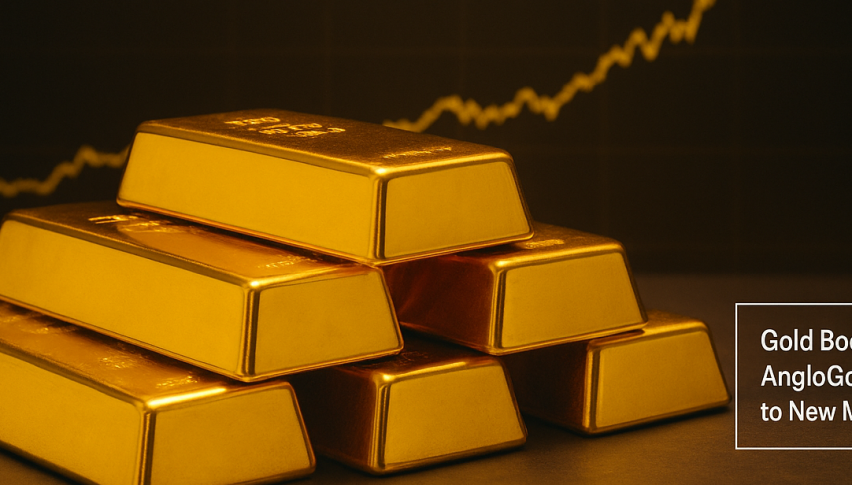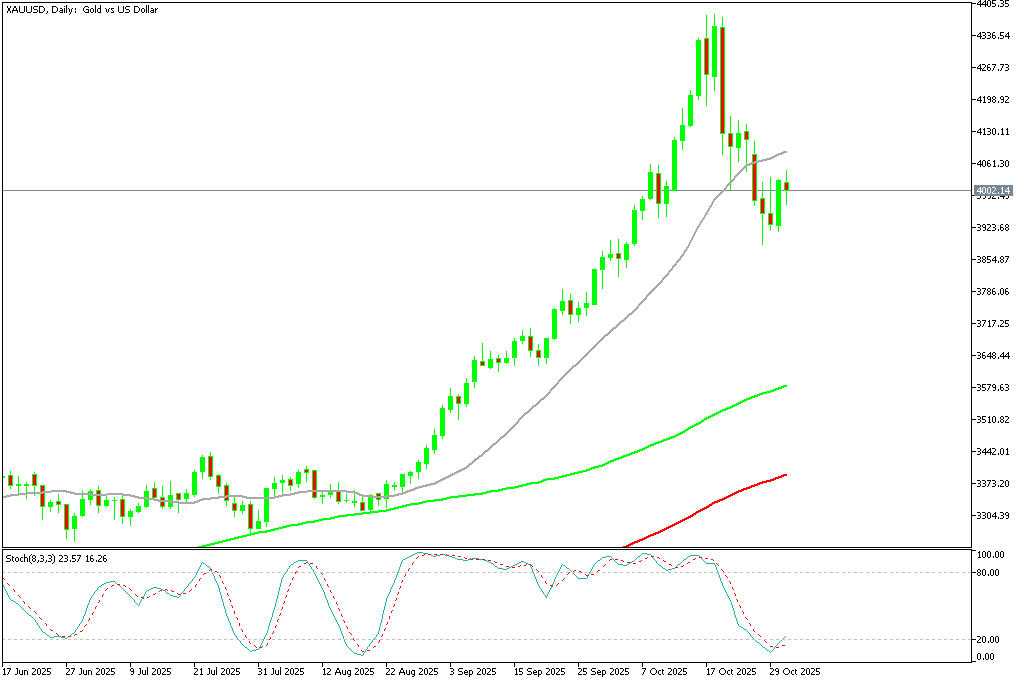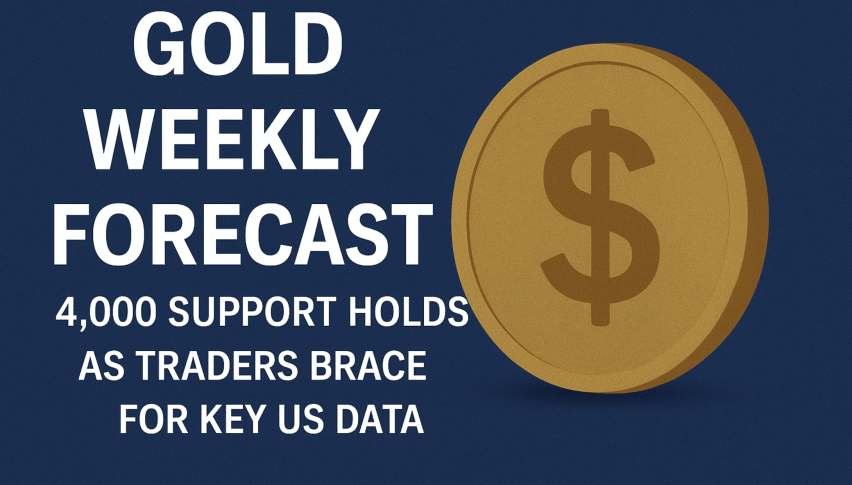Gold Price Prediction: Safe-Haven Demand Stays Strong as XAU Reclaims $4,000 on Global Policies
As shifting Fed policies and shaky U.S.-China trade relations keep investors on edge, gold's recent price volatility signals a renewed...

Quick overview
- Gold prices surged to a record $4,381 per ounce amid heightened safe-haven demand due to U.S.–China trade tensions and shifting Federal Reserve policies.
- Recent optimism from trade negotiations led to a temporary price retreat, but gold rebounded after the Fed cut interest rates by 25 basis points.
- China's decision to end its gold tax incentive may dampen retail demand, but institutional and central bank buying is expected to support the market.
- Analysts predict that if global risks persist and the Fed maintains a dovish stance, gold could potentially reach $5,000 by the end of 2025.
Live GOLD Chart
As shifting Fed policies and shaky U.S.-China trade relations keep investors on edge, gold’s recent price volatility signals a renewed flight to safety.
Flight to Safety Amid Market Turbulence
Gold’s dramatic surge to a record $4,381 per ounce on October 20 showcased a powerful wave of safe-haven demand. Investors, unsettled by intensifying U.S.–China trade frictions and the Federal Reserve’s shifting tone, turned aggressively toward the precious metal. Yet, as optimism resurfaced following conciliatory signals from both Washington and Beijing about a possible trade breakthrough, prices retreated toward the $4,000 mark.
The decline deepened early last week after U.S. and Chinese negotiators reached a framework agreement that scrapped the threat of 100% tariffs and extended a one-year delay on rare earth export restrictions. Treasury Secretary Scott Bessent confirmed that the proposed tariffs were “off the table,” easing geopolitical concerns that had previously driven gold to record highs.
XAU Chart Daily – The Upside Momentum Has Exploded Since August
However, the selloff proved short-lived. On Thursday, gold rebounded strongly as the Federal Reserve cut interest rates by 25 basis points, reaffirming its dovish bias. Meanwhile, Presidents Xi Jinping and Donald Trump announced a one-year truce focusing on rare earths and critical minerals — a deal that included tariff reductions and renewed agricultural trade commitments.
Fed Policy and Global Risks Keep Gold in Focus
The Fed’s accommodative stance has been a major catalyst behind gold’s rally since late August, when prices hovered near $3,300. With the latest rate cut confirmed and another expected in December, investors have turned to gold as a hedge against a weaker dollar and prolonged inflation pressures.
Chair Jerome Powell, however, tempered expectations for further easing, emphasizing a “data-driven” approach going forward. His comments briefly lifted the Bloomberg Dollar Spot Index and strengthened the greenback to a three-month high — a move that weighed slightly on gold’s near-term momentum.
Still, analysts argue that if global risks persist and the Fed maintains its supportive policy path, gold could retest $5,000 by the end of 2025. Continued uncertainty around trade relations, inflation, and central bank actions is likely to keep demand for the metal strong in the months ahead.
Policy Shifts in China Add Complexity
China’s decision to end its long-standing gold tax incentive adds another twist to the market. Beginning in November, retailers will no longer be able to deduct value-added tax on gold purchases from the Shanghai Gold Exchange, whether for direct sale or after processing. The move is expected to make bullion more expensive for Chinese consumers, potentially slowing retail demand in one of the world’s largest gold markets.
While this policy change may dampen short-term consumer sentiment, analysts suggest institutional and central bank buying could more than offset the decline, maintaining overall market support.
Institutional and Central Bank Support Deepens the Rally
The current rally is not merely a retail phenomenon. Institutional investors have sharply increased exposure to gold, with gold-backed ETFs attracting a record $26 billion in inflows during the third quarter. This surge lifted total ETF holdings to $472 billion, their highest level ever recorded.
Central banks have also ramped up purchases, now holding more gold than U.S. Treasuries for the first time since 1996. China raised its gold reserves to 8.5% of total holdings, still below the global average of around 20%, suggesting ample room for continued accumulation. Sustained buying from Asia and the Middle East further underpins gold’s position as a cornerstone asset in uncertain times.
Conclusion: Gold’s Resilience Shines Through Uncertainty
Despite brief pullbacks tied to trade optimism and stronger dollar moves, gold remains firmly supported by global policy shifts, institutional inflows, and central bank diversification. The metal’s resilience above the $4,000 mark underscores its enduring role as a hedge against both geopolitical and monetary risk.
If dovish central bank policies persist and global uncertainty deepens, gold’s path toward $5,000 looks increasingly plausible — signaling that the current rally may still have plenty of room to run.
Gold Live Chart
- Check out our free forex signals
- Follow the top economic events on FX Leaders economic calendar
- Trade better, discover more Forex Trading Strategies
- Open a FREE Trading Account




